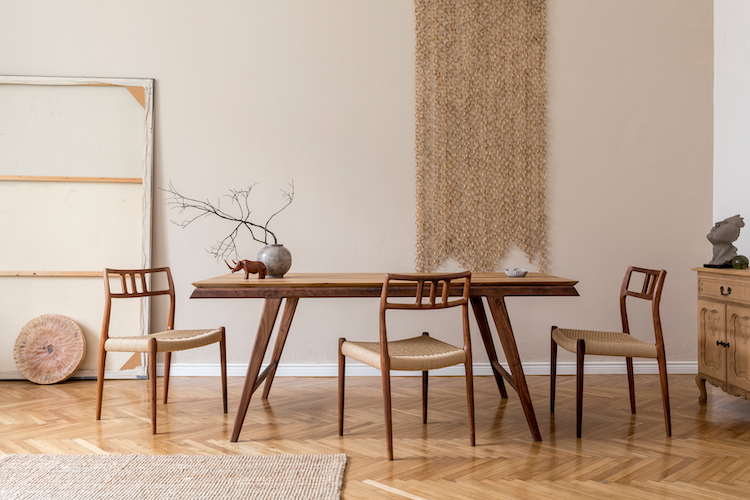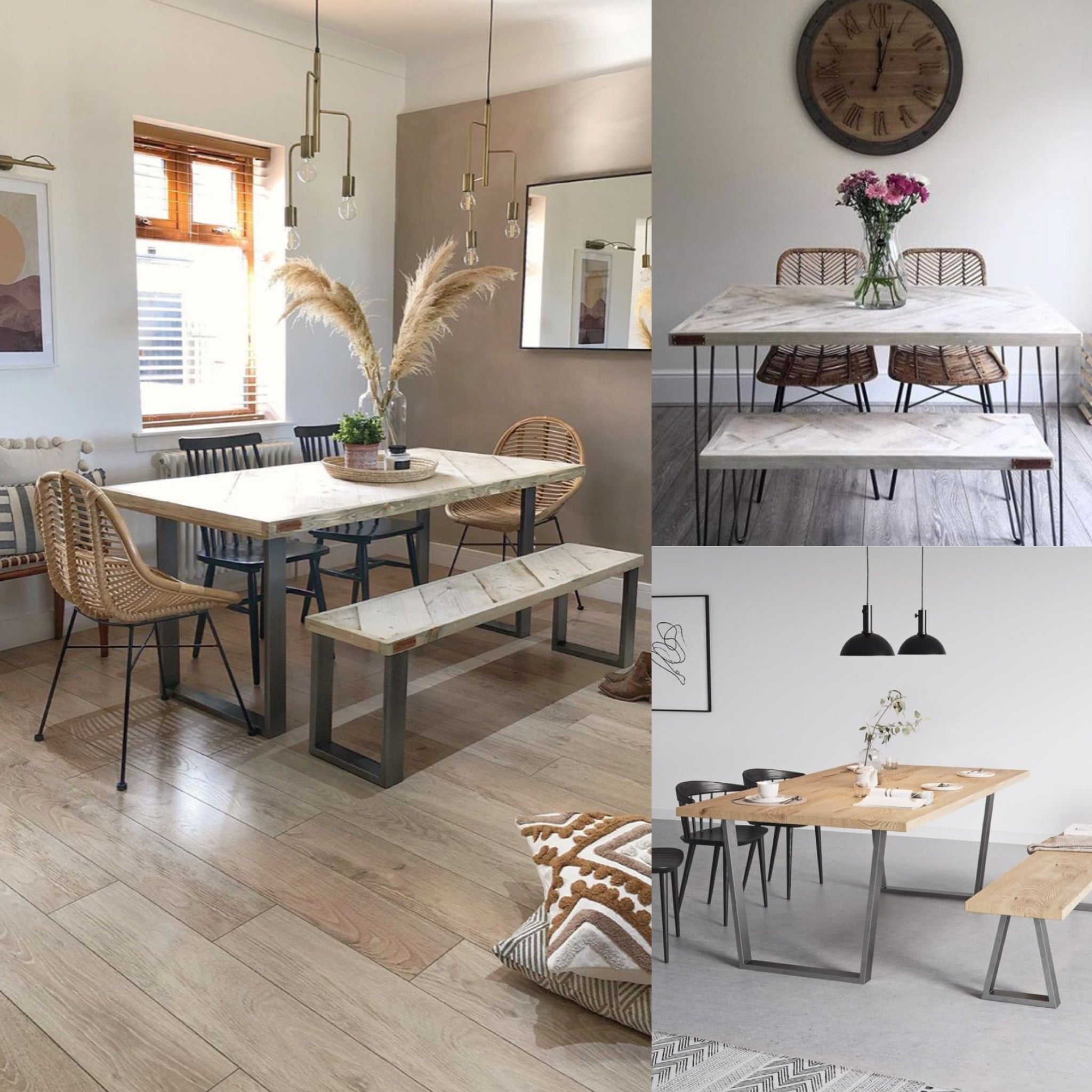From Standard to Modern: Discover the Ideal Dining-room Table Legs for Your Design
The choice of dining space table legs plays a pivotal role in specifying the general character of your room, bridging the gap between typical workmanship and contemporary aesthetics. While timeless designs such as cabriole and transformed legs stimulate a feeling of classic sophistication, modern styles like barrette and geometric choices provide an opportunity for striking visual rate of interest. Examining the best balance in between these designs requires a nuanced understanding of your existing design and individual taste. As you think about these elements, the inquiry stays: exactly how can you seamlessly integrate these diverse leg designs to develop an unified eating experience?
Comprehending Table Leg Styles
The selection of dining-room table leg designs can significantly affect both the appearances and functionality of the space. Each leg style adds special sensible features and aesthetic elements, catering to diverse layout choices and use needs. Recognizing these designs is crucial for picking the best table that aligns with your overall indoor design vision.
For example, conical legs use a clean, classic look that can improve a space's style, while stand bases give security and make the most of legroom, making them optimal for smaller sized areas. Barrette legs, a characteristic of mid-century modern layout, introduce a commercial flair, enabling for a ventilated, open feel. Trestle legs evoke rustic beauty, giving robust support and a sense of timelessness.
In addition, the option of products plays a significant role. Wooden legs can bring heat and appearance, whereas metal alternatives commonly share a smooth, modern ambiance. Inevitably, recognizing table leg designs is essential for producing a cohesive eating location that shows personal design while making certain practicality and comfort. By attentively taking into consideration these aspects, you can improve both the visual and useful allure of your eating space.
Conventional Table Leg Options
When choosing dining-room table legs, typical choices typically personify classic style and workmanship. These designs mirror an abundant heritage and a dedication to top quality, making them excellent for those who appreciate traditional appearances.
Among the most legendary conventional leg designs is the cabriole leg, characterized by its stylish bent shape. This style often features decorative carvings and is most generally discovered in Queen Anne and Chippendale furniture. An additional preferred option is the transformed leg, which boasts a series of smooth, rounded shapes that provide a timeless appearance while preserving stability.
Moreover, the straight leg, while easy, offers a durable and unadorned framework that can blend perfectly with a selection of tabletop designs. For those drawn to ornate detailing, claw-and-ball feet legs stimulate a feeling of magnificence and can act as a spectacular prime focus in any dining area.
Finally, stand bases, although not purely legs, give a different traditional choice that enables ample legroom and can be magnificently carved. Each of these conventional leg designs adds to the overall setting of an eating space, marrying feature with visual appeal.

Modern Table Leg Layouts
Modern table leg layouts use a diverse variety of designs that stress tidy lines and ingenious materials. These designs often prioritize performance while acting as striking centerpieces within an eating room. Minimalist visual appeals are common, with legs crafted from products such as steel, glass, and engineered timber, which add to a airy and contemporary feeling.
One popular layout is the barrette leg, characterized by its slender, conical structure that offers stability without overwhelming the tabletop (dining room table legs). This design is frequently discovered in mid-century modern-day furniture and can easily match numerous table forms. Another trend is using geometric forms, where legs might tackle angular or asymmetrical forms, adding visual rate of interest and a touch of creativity

Mixing Styles for Distinct Areas
Frequently, house owners look for to create one-of-a-kind dining spaces that show their personal style by blending numerous style aspects. This technique enables for the dig this consolidation of varied aesthetic appeals, leading to an unified yet distinct atmosphere. For example, coupling a rustic wood table with smooth, modern-day metal legs can develop a distinctive contrast that boosts the space's overall appeal.
Additionally, incorporating vintage table legs with contemporary table tops can evoke a sense of background while keeping a contemporary sensibility. Such combinations not just display specific taste however likewise motivate creativity, allowing property owners to curate a room that feels both individual and welcoming.
Color plays an important role in this blending process; picking table legs that enhance or comparison with the existing color design can improve visual useful site interest. Whitewashed legs can soften the boldness of a dark table surface area, creating a well balanced aesthetic.
Tips for Choosing the Right Legs
Selecting the right table legs is vital for attaining both capability and aesthetic allure in your eating space. Begin by thinking about the total design of your area. Conventional setups take advantage of legs that feature elaborate makings or turned layouts, while modern areas might ask for smooth, minimal styles.
Next, evaluate the elevation and stability of the legs. dining room table legs. Common dining tables range in between 28 to 30 inches in height, so make certain the legs complement this dimension for comfort. Furthermore, durable products, such as hardwood or steel, can enhance stability and long life
Evaluate the leg shape too-- alternatives consist of straight, tapered, or pedestal layouts. Straight legs use a traditional look, while conical legs can add a touch of beauty. Pedestal bases provide adequate legroom and are ideal for smaller sized spaces.
Verdict
In recap, choosing the suitable eating room table legs needs cautious consideration of both contemporary and traditional styles. By harmonizing leg design, elevation, and material with the total decor, a cohesive and welcoming environment can be attained.
The variety of dining area table leg designs can dramatically affect both the visual appeals and capability of the area. Eventually, comprehending table leg designs is essential for developing a cohesive dining location that mirrors personal design while making sure practicality and convenience.One of the most famous traditional moved here leg designs is the cabriole leg, defined by its stylish curved form. Straight legs provide a classic look, while tapered legs can add a touch of elegance.In summary, choosing the excellent eating room table legs calls for cautious factor to consider of both contemporary and traditional designs.